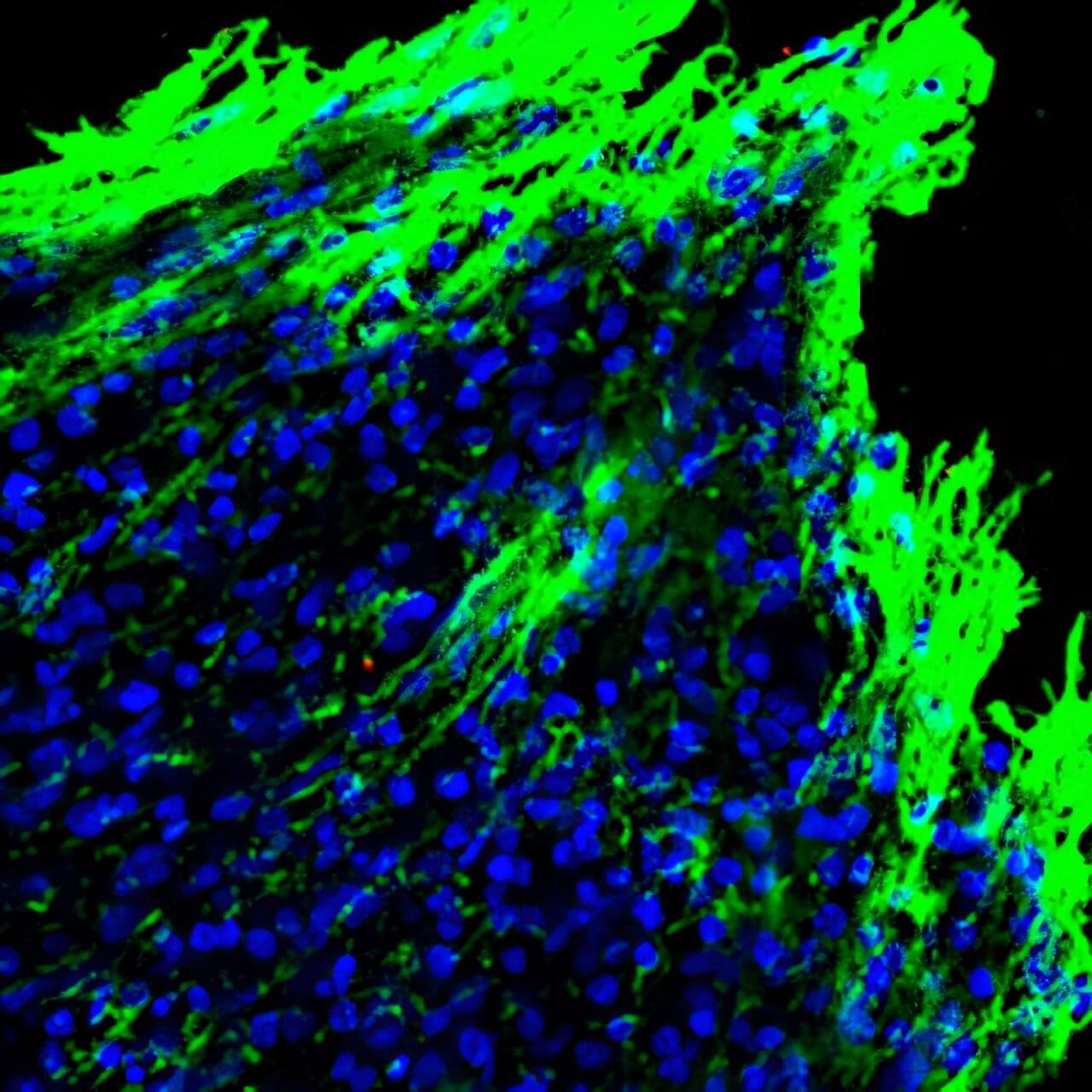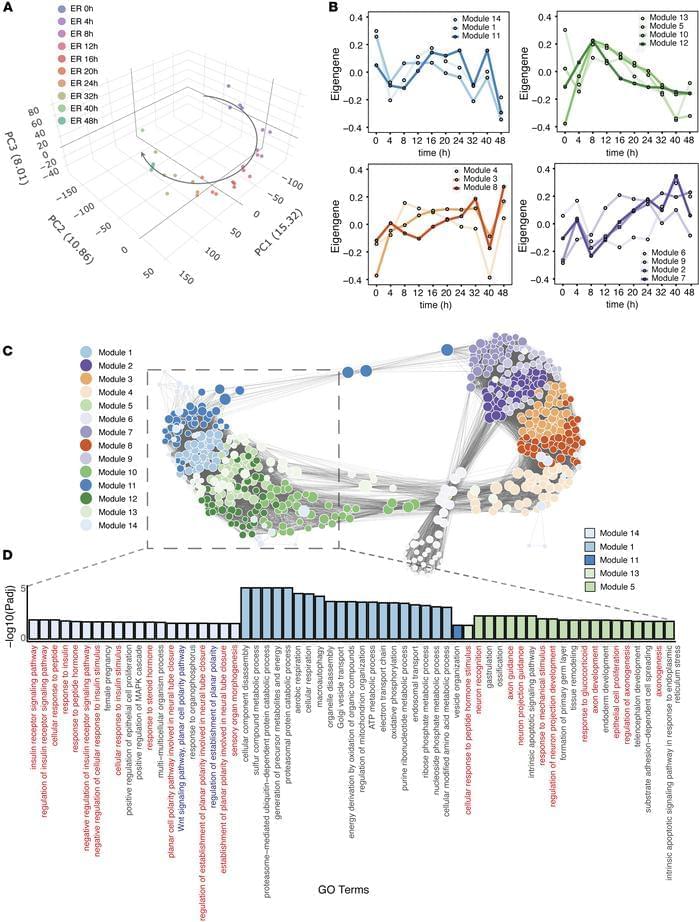A chemical injected before MRI scans to help create sharper images may cause some patients to experience a potentially deadly complication in rare cases, a new study suggests.
Researchers from the University of New Mexico found that gadolinium – a toxic rare earth metal used in MRI scans – could mix with oxalic acid found in many foods to precipitate tiny nanoparticles of the metal in human tissues.
The research, published in the journal Magnetic Resonance Imaging, assessed the formation of these nanoparticles associated with potentially deadly health problems in the kidneys and other organs.









